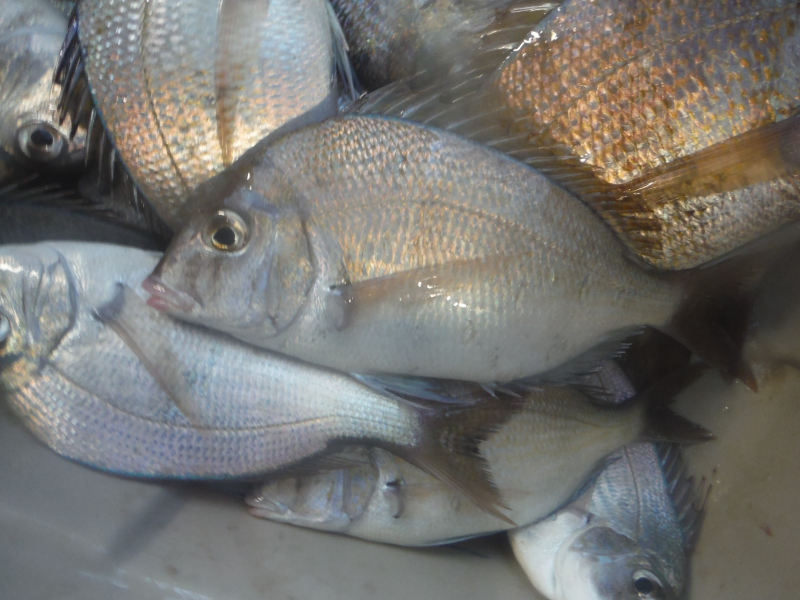Scup (Stenotomus chrysops) — or porgy as it is known south of New England — is a migratory schooling species with commercial and recreational fisheries from Massachusetts to Cape Hatteras, N.C.
In 2015, just 16 ports landed approximately 94 percent of all commercial scup. Point Judith, R.I., was the leading port, both in pounds landed and number of vessels fishing scup. The commercial fishery operates year-round, predominantly in federal waters during winter, and state waters during summer.
Commercial scup landings peaked in 1981 at 21.73 million pounds, and hit a low of 2.66 million pounds in 2000. In 2015, commercial fishermen from Maine to North Carolina landed nearly 17 million pounds of scup, representing 80 percent of the commercial quota, resulting in a total ex-vessel value of $11.3 million. The 2016 quota was 20.47 million pounds, and it is likely that was not reached.
Julia Beaty, of the Mid–Atlantic Fishery Management Council, says, “Over the past few years, it’s been a pattern where fishermen haven’t been landing their full quota even though scup are abundant.” However, Beaty adds, “the council is considering a modification to the way the quota is allocated that could get fishermen closer to quota.”
Scup can be a volatile, with the price per pound changing fast. “In early January, fishermen in New Jersey were earning $1 to $1.50 a pound,” says Wayne Reichle of New Jersey-based Lund’s Fisheries. “But there just haven’t been a lot of fish around this year.” Reiche says it is possible that warmer water temperatures are pushing scup northward.
Overall, Reichle says the domestic market is strong, while the international market has been really soft, for reasons difficult to pinpoint. “Countries that might appreciate scup have cheaper alternatives like tilapia and other species,” he adds.
Reiche says scup used to be a “high-volume, low-value fishery” but that market dynamics have changed from two to three decades ago. “Back then, we produced a smaller fish that was more accepted in the market. When we increased mesh sizes, we started producing larger fish. When the scup fishery rebounded with larger fish, we lost a lot of original market because they substituted it with other fish.”
Despite the challenges, Reichle adds, “I’m optimistic. There’s several companies trying to develop new opportunities and you’ll see scup become a more wanted fish over time.”







